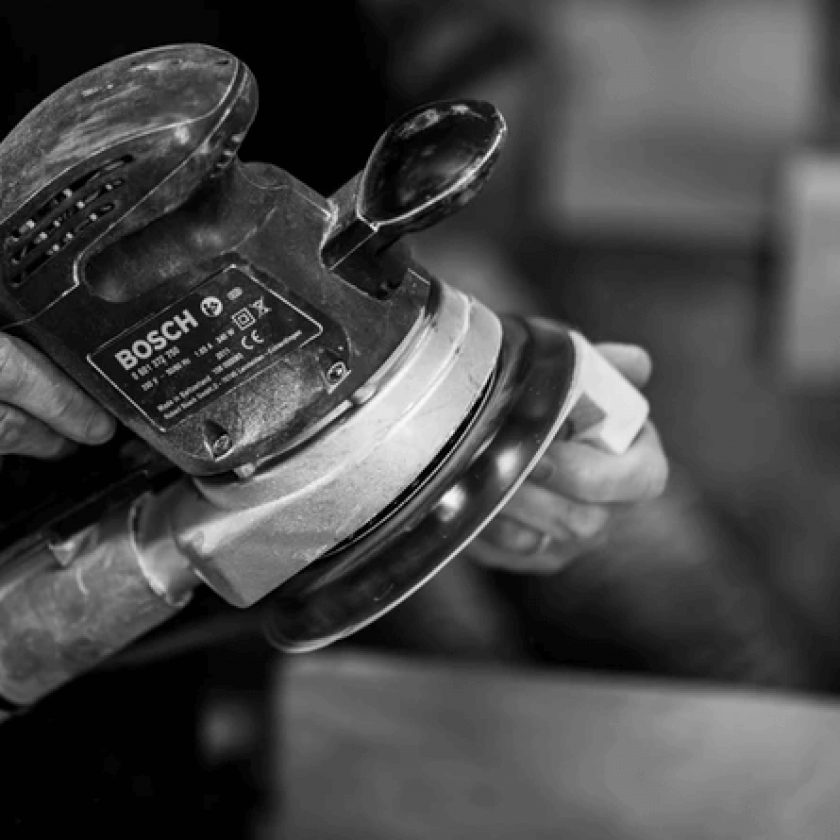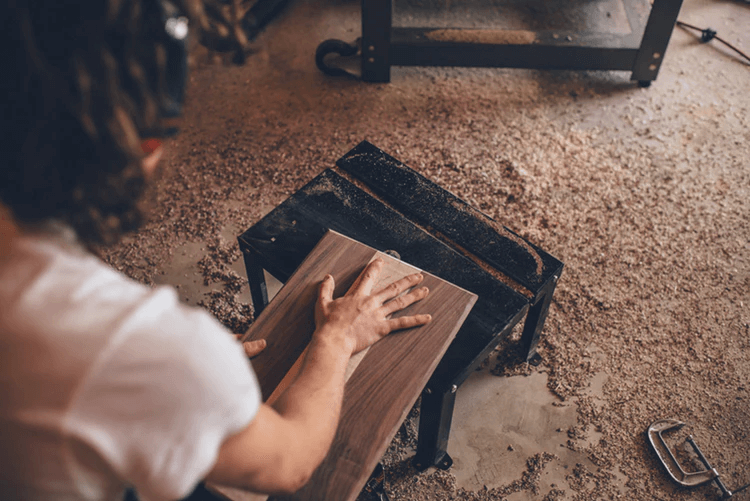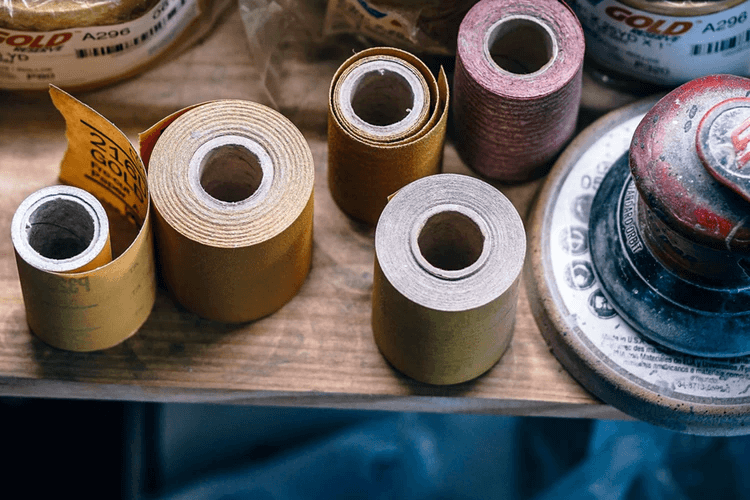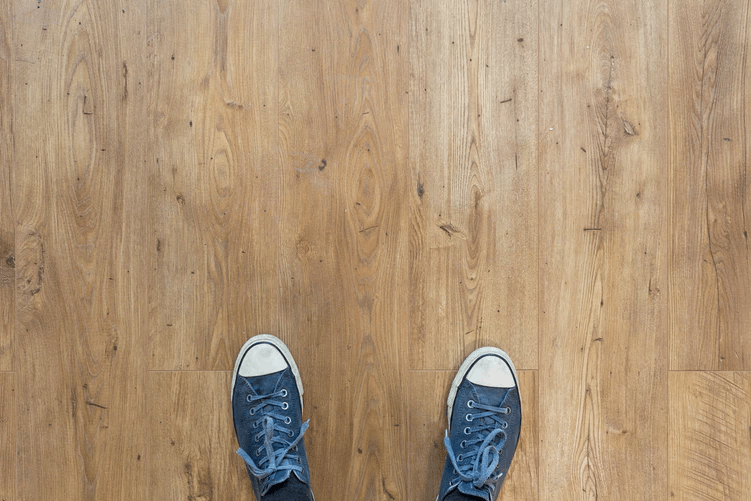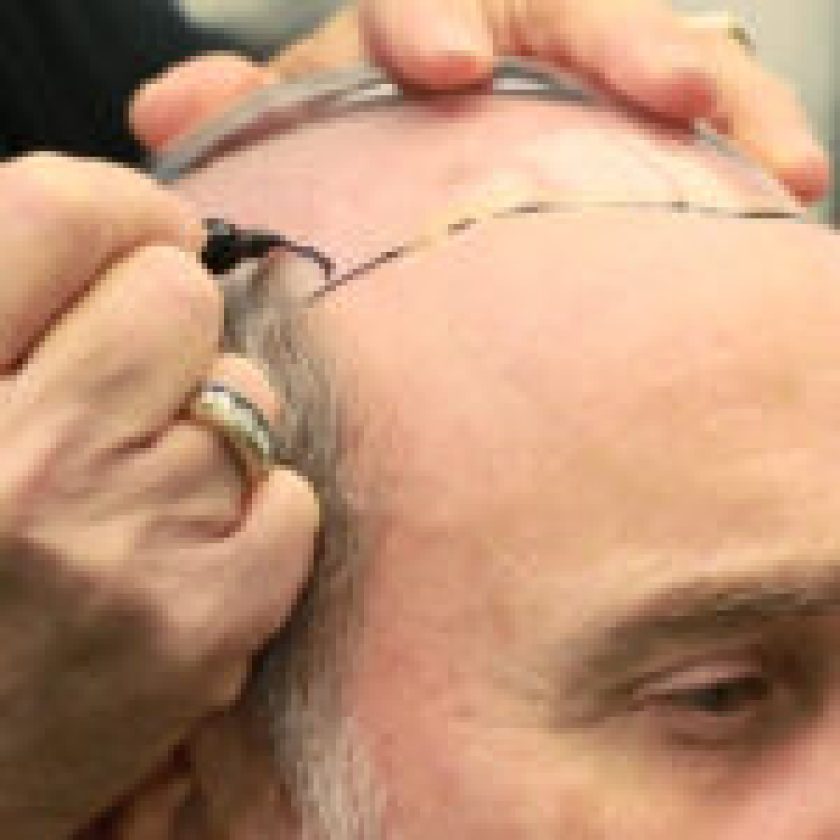Floor sanding is more challenging than it may seem because not only is it tedious but may also spoil the appearance of your wooden floors.
The floor is literally walked upon all day, getting beaten by high heels and shifting furniture. Such activities cause scratches and scuffs on the surface, which can only be perfected by sanding and repolishing the surface. Floor sanding is the process of using an abrasive material to rub out the uneven imperfections on the floor surface, while immediate repolishing depends on your preference and the type of wooden floors.
House renovation projects often fall under DIY projects because most family handymen love to enjoy such tasks; from sanding & polishing the floors to painting & furnishing the place. What they don’t realize are the mistakes that inexperienced family handymen make, such as:
Using a low-quality material for sanding the floors
The quality of the abrasive material matters more than you know. If you are expecting an excellent finishing, then you must use a good quality material because low-quality materials cause inefficient sanding, i.e., either the uneven parts will stay as is or you may create more imperfections than you have restored. An inexperienced handyman will not understand the difference until it’s too late.
Sanding the floors before the renovation has completed
If you are renovating the entire house, then you must sand the floors in the end. What people don’t realize in a DIY home renovation project is the fact that the floors will be beaten several times during the process to move equipment, furniture, and other installments, and if they sand the floors in the beginning, then they might have to do it anew after the renovation is finished because the floors might get uneven again.
Not estimating the right time or budget for sanding and polishing the floors
Being ignorant may cost you a fortune because floor sanding may not be as cheap as you expect it to be. Similarly, polishing the floors takes time and money; however, you also have to create a schedule and assign an adequate amount of the renovation budget to restore your floors. Failure to do so will unnecessarily take a toll on your busy schedule as well as your pockets.
Being ignorant about furniture placement after sanding and polishing the floors
As already mentioned above, ignorance is not the right approach. Furniture placement and other installations should be considered before you initiate the process of sanding and polishing the floors because moving heavy objects on the floors will cause the imperfections that you have been trying so hard to remove. Floor restoration is a tedious task, which requires much attention to detail because apparently, it is a base for everything else in the house.
You may set the house on fire; yes, it’s true
It may seem like an exaggeration to you; however, it is possible to set the floors on fire because certain timber coatings are inflammable, and you must be aware of everything that needs to be taken care of during and after the polishing to make sure that you don’t do anything that causes a fire hazard. Know the polishes that you use to restore your floors.
All the typical mistakes that are mentioned above emphasize the fact that being an inexperienced family handyman, you should be prepared for the floor restoration process as much prepared you are for other aspects of house renovation.
Floors are the most underlooked parts of a renovation project because, in the beginning, they seem insignificant; however, the finishing touches are complete once you have a shiny, smooth surface. So, without further ado, you should schedule floor sanding and polishing carefully in your to-do list, and have a beautiful home.
Plan! Restore! Shine!

